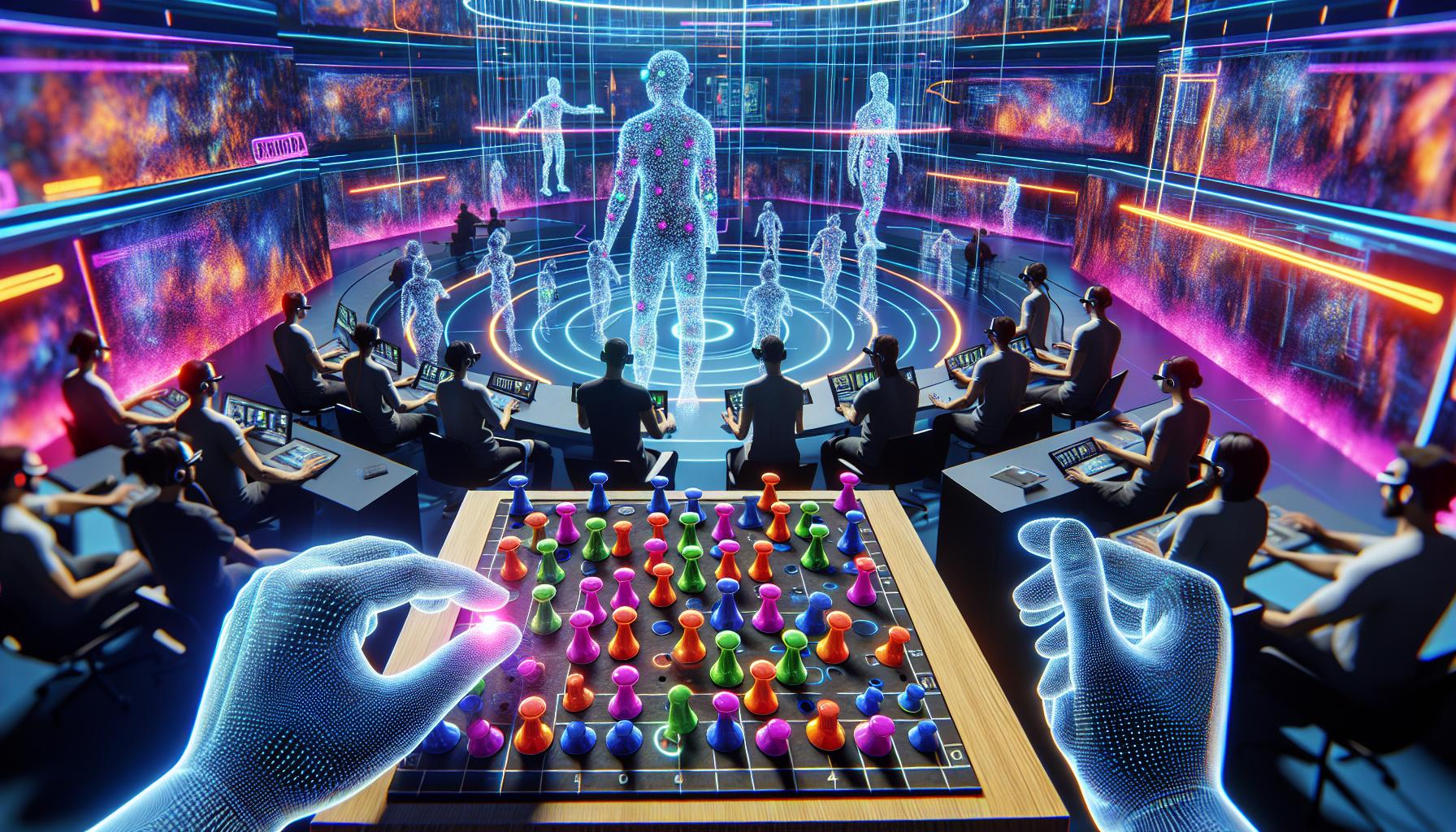Virtual Hand Interactions in VR: A Study on Personal Preference and Performance
Virtual hand interactions have become increasingly popular in virtual reality (VR) systems, providing users with a wide range of applications. However, a new study led by Concordia University suggests that personal preference plays a crucial role in how this technology is utilized, regardless of its impact on overall performance.
Study Details
The study, presented at the IEEE International Symposium on Mixed and Augmented Reality (ISMAR), involved participants performing repetitive tasks on a VR-based Purdue Pegboard Test (PPT). The PPT is commonly used as a therapeutic tool for stroke patients to improve their motor skills.
Participants wore a VR headset and were instructed to pick up a virtual object and place it in a hole as quickly and accurately as possible. The experiment involved variations in the use of dominant and non-dominant hands, both hands, and assembly tasks.
Different Visualization Styles
The study explored three visualization styles for the virtual hand during the tasks. The first style made the hand opaque, completely blocking the view. The second style made the outline of the hand visible while keeping the hand itself transparent. The third style made the hand disappear once the peg was picked up.
Results and Preferences
The study recorded metrics such as duration, movement time, path length, and linear velocity. The findings showed that the participants using the invisible hand visualization performed significantly better. They exhibited better control, accuracy, and fine motor movements compared to those using opaque or transparent hands.
Surprisingly, participants did not universally prefer the invisible hand visualization. Some participants preferred the transparent hand, stating that it provided a better perception of their hands and the environment simultaneously. Others preferred the opaque hand, emphasizing that it helped with tracking and controlling their movements.
Personalization in VR Rehabilitation
The researchers highlight the importance of personal preference in VR experiences, especially in therapeutic applications like the PPT. By offering users a choice in how they visualize their VR experience, it ensures that individuals can effectively engage with the system.
The study opens up possibilities for further research on VR and the PPT’s therapeutic applications, as well as its usage in technical fields like surgery planning. By understanding the best interaction methods for rehabilitation and home-based virtual environments, VR technology can be personalized to meet individual needs in the most effective way.
Conclusion
The Concordia-led study on virtual hand interactions in VR highlights the significance of personal preference in using this technology. While the invisible hand visualization proved to be the most effective in terms of performance, participants’ preferences were varied. By catering to these preferences, VR systems can enhance engagement and ensure the successful implementation of therapeutic applications like the PPT. Further research and exploration of VR’s potential in medical and technical fields are necessary to maximize its benefits and usability.
Analyst comment
Neutral news. The study on virtual hand interactions in VR highlights the importance of personal preference in utilizing the technology. The invisible hand visualization proved to be the most effective in terms of performance, but participants’ preferences varied. By catering to these preferences, VR systems can enhance engagement and ensure successful implementation in therapeutic applications. Further research is needed to maximize VR’s benefits and usability in medical and technical fields.













